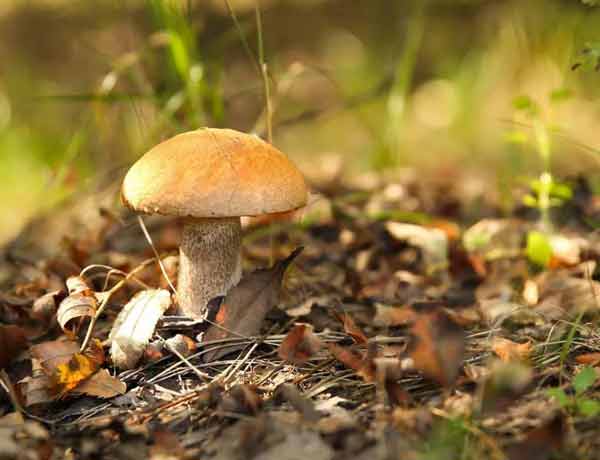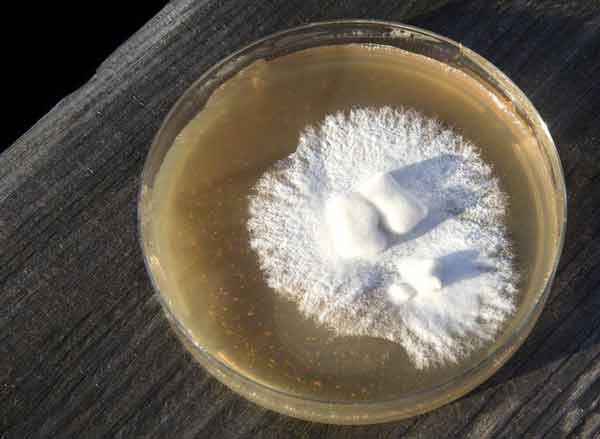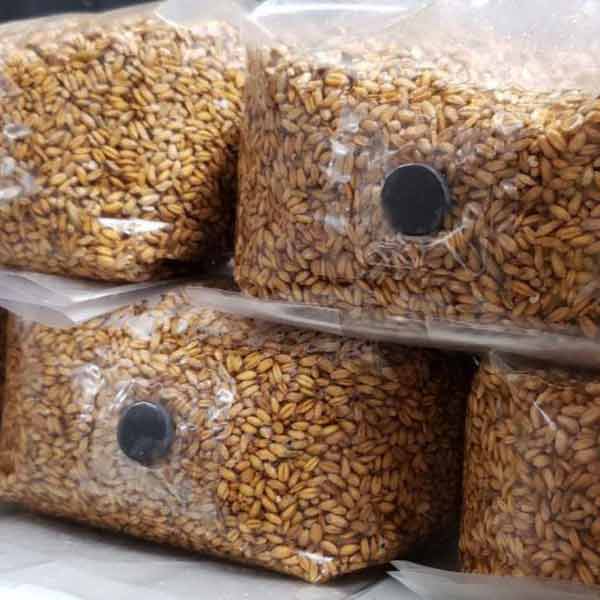Mushroom Growing Guides
 Our articles about mushroom growing are here to help you grow mushrooms at home. Remembering our aim is to provide help and guidance for what we’d call hobby growers – home growers, we don’t plan to cover every possible way to grow every possible type of mushroom, just the ones you’re most likely to want to grow at home.
Our articles about mushroom growing are here to help you grow mushrooms at home. Remembering our aim is to provide help and guidance for what we’d call hobby growers – home growers, we don’t plan to cover every possible way to grow every possible type of mushroom, just the ones you’re most likely to want to grow at home.
Speaking loosely, mushroom growing is a little like learning to drive a car, in that you need to master the basics before you start thinking about perfecting high speed cadence braking on slippery roads. So our growing guides are about as simple as it gets and yet offer an easy way to grow almost any type of mushroom at home.
What are mushrooms?
What you know as a mushroom and buy in your local shop is the reproductive part or fruit of the whole mushroom organism. Mushrooms are fungi, and the ones you can cultivate at home are little different to those you’ll find growing wild in local forests and woods – except many you find in the wild will be poisonous or can at least leave you sitting on the toilet for a day or two. If you plan to start mushroom growing using mushrooms found in the wild, the very minimum you need is a crash course on mushroom recognition!
When you start out mushroom growing at home, you’ll see references to mushrooms, mycelium, spores, spore grain, substrates, innoculation, incubation and many more. You don’t need to worry about these terms, just understand what they mean.
Mushroom Growing Requires Spores
It’s best to think of mushroom spores as mushroom seeds. It’s not quite accurate, but it’s close enough. Without mushroom spores, you can’t grow mushrooms. Spores are what fungi (mushrooms) eject into the environment to start reproduction, just like seeds. You can buy spore syringes and spore prints online or you can create your own.
 Mycelium
Mycelium
Mycelium is the root-like structure of a fungus consisting of a mass of tiny threads which feed and absord nutrients from the surrounding matter. When mycelium wants to reproduce it creates the ‘fruits’ which we know as mushrooms. After mushrooms begin to fruit, spores falling to the ground can start to germinate. As mycelium germinates and starts to spread, it will meet and combine with other compatible mycelium and form a colony, which might be very small or might encompass acres of land. Mycelium spreads into its surroundings in search of nutrients, forming a mass of tiny interlinked threads.
Spawn/Spawning/Grain Spawn
In simple terms, when a spore that has come from a mushroom begins to grow and develop into mycelium, we call that process “spawning”. “Spawn” is intentionally cultivated mycelium from a known species that has been isolated (hopefully) in a sterile facility to ensure it is free of outside contaminants. For most growers, spawn is purchased from a supplier, just like a vegetable grower buys seed. Spawn comes in three common forms: grain, sawdust, and (wood) plugs.
Spawn is used to describe the growing organism itself and grain spawn simply refers to spawn which is growing – for most many mushroom types this will mean on rye, barley or similar grain. Naturally occurring spawn will grow on fallen logs or in the soil and decomposing matter of the forest floor, but in the case of commercial mushroom growing, farmers often grow them on a wood substrate or a substrate made up of rice, oats, or other grains such as rye, barley, etc.
Mushroom Growing – Substrates
Substrates simply refer to the material mycelium grows in and feeds from. In the wild you’ll find many types of mushroom growing on dead wood or decomposing organic matter, but in the case of home mushroom growing this generally refers to a mix of products such as straw, sawdust, wood pellets, coco coir, vermiculite, horse manure and even cardboard. To prevent contamination and the growth of competing organisms, substrates are pasteurised or sterilised before they can be used.
 In the case of mushroom grow bags, you’ll usually find a mix of approximately 1 part grain and 2 parts substrate. Bags that you buy might already be innoculated (may have living mycelium already inside) or may need to be innoculated (usually by injection) with the mushroom strain of your choice.
In the case of mushroom grow bags, you’ll usually find a mix of approximately 1 part grain and 2 parts substrate. Bags that you buy might already be innoculated (may have living mycelium already inside) or may need to be innoculated (usually by injection) with the mushroom strain of your choice.
Innoculation
This refers to the introduction of live mycelium to start the colonisation of mycelium in the chosen growth medium/substrate. Commercial growers will develop mycelium in sterile conditions, generally growing it in agar in petri dishes before then adding that growth to a liquid to allow it to reproduce further. This liquid mix (called liquid culture) will then be introduced to grain or other material, where it will start to grow and colonise the medium. This colonisation process typically takes weeks (it can vary a lot depending on the growth medium and mushroom type) but is the critical stage of mushroom growing.
Once mycelium has fully colonised the grain (etc) it can then be added to the complete substrate (straw, coco coir etc) where it will then feed and continue to grow in all directions until the entire substrate has been colonised. Only when this process is complete can you start to think about actual mushroom growing.
Home growers buying mushroom grow bags will often buy a bag which contains some form of grain (usually at the bottom) and then a substrate consisting of straw/coco coir etc (usually at the top). These bags will generally not be innoculated and will require you to buy syringes of mushroom spores in a liquid culture form to inject into the bag to kick start the process. However, many suppliers will also provide pre-colonised bags which are more or less ready to move to the fruiting stage (ie they will start to produce mushrooms significantly quicker).
